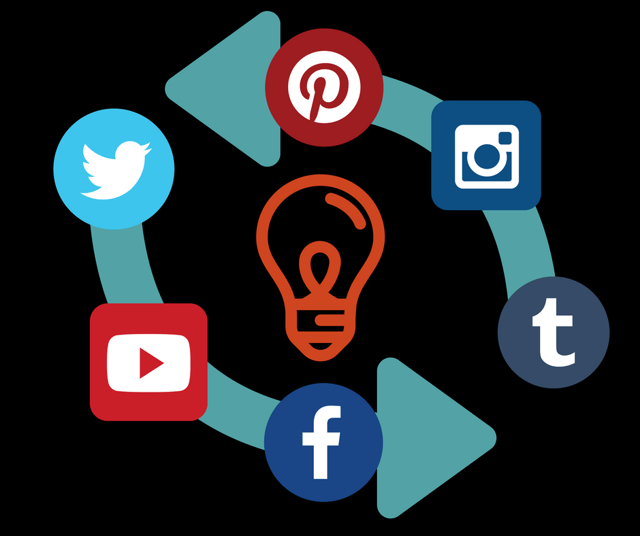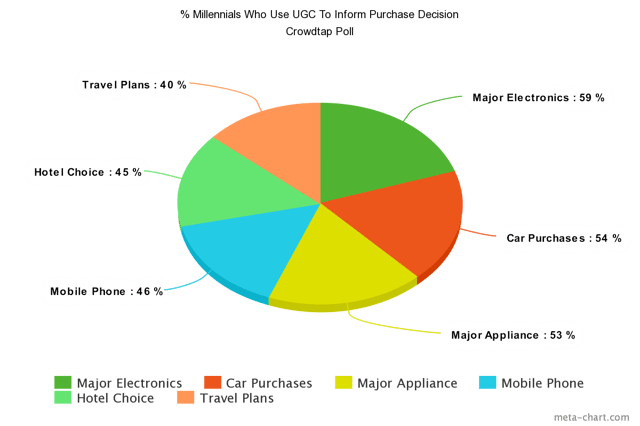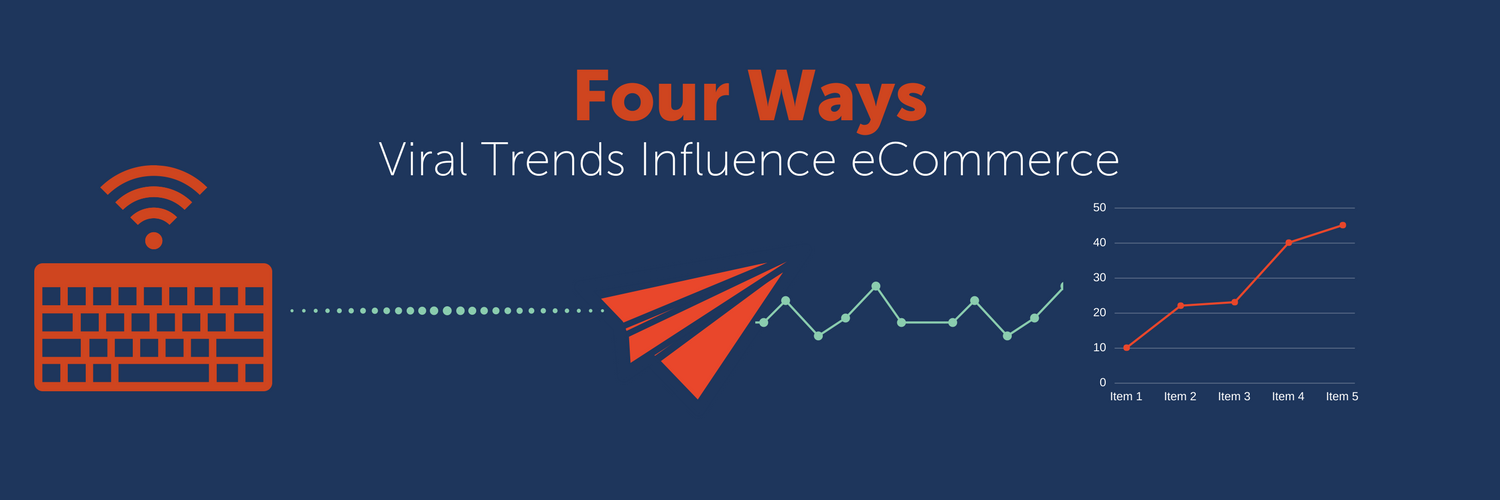One of the largest drivers of online retail has been the advent of viral trends. These trends arise via the almost immediate spread of content “hype” through online channels. In 2016, eCommerce was a $1.915 trillion dollar industry worldwide. In the United States alone, eCommerce sales rose to $423.34 billion, a 15.6% increase from the previous year. Why is commerce heading online, and what does "viral" mean in relation to trends? We know how important online retail has grown to be, but how do viral trends help drive eCommerce sales and mold the way retailers sell?
Before we look at four ways viral trends influence eCommerce, let's get into some background on why this is happening. There can be no overstatement on the degree to which online retail has been one of the most seismically disruptive and innovative platforms for the evolution of commerce. Not only has it changed the role of consumers, but it has totally changed how business owners, brands, marketers, and an endless list of other stakeholders have been forced to evolve because of it. This is old news however, we must now look at how the online channel will begin to evolve moving forward.
Online retail has given big, and more importantly, small businesses a world stage to promote their product and their brand! It has also been the causative factor for some of the most influential brands and companies to (re)connect and personalize their relationships with consumers through open dialogue on social media platforms.
Who Drives This Online Shift In eCommerce?
It's a young person's game. Today, 96% of youth view content through online video or social media at an average of 11.3 hours weekly. Not only that, but the technology being utilized is “native” to these younger generations. In most cases, it has been part of their entire life. Statistics from a 2017 BigCommerce survey found some interesting trends. Today, 67% of millennials and 56% of Gen-Xers prefer to do their shopping online. Millennials and Gen-Xers spend an average of 6 hours-a-week shopping online. Younger generations are fueling the shift by voting for a more virtualized store experience with their dollar.
Take a look at this example:
Nordstrom will soon be opening a concept store in West Hollywood called Nordstrom Local. They have foreseen the aggregate shift to eCommerce for retail products. With that in mind, this new store will be totally service-based. No typical Nordstrom inventory will be stocked in-store. During their visit, customers may be treated to a glass of wine, beer, or juice at the in-store bar. Store visitors can then receive personalized services from stylists, as well as manicures to make for an immersive experience.
While many small businesses are shifting toward offering more high quality photos for their eCommerce, big retailers are looking tomake the buying process and virtual experience more intertwined. The goal here is to streamline the process so that you will never have to waste time in a dressing room again. That is what Nordstrom is looking to accomplish here. Plus, it is just more malleable and technologically cool.
All Nordstrom SKUs will then be retrieved from an online database and shipped to the store or the customer's home. This means lower overhead for Nordstrom and a more engaging service-oriented experience for customers. Many retailers are looking for ways to turn their historically heavy physical footprint, into a lighter, more experience-based embodiment of their brand values.
Social Media Is A Big Player

As the internet has come to encompass much of the commerce conducted worldwide, alternative avenues within that channel have emerged to provide a more personalized experience. Not only have brands had to evolve, but marketing for them is now done on a virtual playing field. Since shopping has been shifting toward online, the utilization of social media and other user-generated content (UGC) has become far more commonplace to break through the clutter in recent years.
Marketers and advertisers have also had to regain some of its former trust by minimizing the “salesman” approach and shifting toward cherishing the customer, and nurturing their personal relationship with that customer (and rightfully so). Many companies are achieving better reach and results through a virtual extension of their brand. Many consumers perceive it as less intrusive. More importantly, many consumers (and retailers) form online communities without the prior geographic impediments.
This sense of community helps groups spread content very quickly across many spheres of influence. This speed at which this information is disseminated is colloquially referred to as "viral" when it reaches a certain level of influence. The most prevalent causative factor in virality is the fact that you probably don't know anyone with buying power who does not have a smartphone. This is now a constant reality as 68% of smartphone users claim to check their phone within 15 minutes of waking up every morning for news. In addition, 87% of millennials have their phone on them at all times of the day. There is always something going viral at any given time within a number internet sub-communities.
What Does It Mean To Go Viral?
By definition, the word virus describes an infectious agent that may spread throughout a host organism, saturating it, thus making it infected. Not a pleasant visual. Today, this is metaphorically applied to how internet content is spread among a conduit such as a social media site, to infect the cells of a host. In this metaphor, the host being the impressionable mind of a consumer or internet user. You want contagious content.
Oxford Dictionary describes virality as: “The tendency of an image, video, or piece of information to be circulated rapidly and widely from one Internet user to another”. Most virality, however, speaks to a specific group. This helps them reinforce their personal and group presence and beliefs by spreading the information in any way they can. Luckily, not all viral content deals with division, and much of it is simply linked to trends in retail and product. A trend is generally described as a positive or upward sloping correlation of data. In the case of social media, the number of "shares", "likes", "favorites", "Retweets", "comments", "views" and so on.
There is not an official measurement to determine virality. Instead, virality is often measured by the relative breadth and depth of the impact that content may have. People on the internet may consider a music video like “Despacito” as viral due to the fact that it has just shy of 3.7 billion (with a B) views on Youtube as of September 2017! Others, say a small company, may see their latest internet blog post as viral if it were to get a 50% increase in views over their typical site traffic. Virality is subjective, therefore, the term may be applied in many respects.
How Do I Start?
Creating naturally viral content is very tricky. There is no actionable recipe as to what will cause content to go viral. If there was a recipe or list of indices you must satisfy before your content went viral, everyone would be doing it, and nobody would be truly viral. Much of the time, viral content catches people off-guard. It is not something they were expecting to see, hence the buzz around it. Other times, content that goes viral is linked with a particular group of people or cause as mentioned above.
There are, however, commonalities among viral content in most cases. Often, something will go “viral” due to its perceived comedic value, shock value, or on a deeper level; emotional and/or cultural implications. People tend to share positive content more than negative believe it or not. It is also common to see viral retail trends that have a practical application or a product that performs a unique task. This is where it has traditionally tied-in closely with trends in online selling.
Viral activism has also proven to be an effective method of raising awareness for a cause by those aforementioned groups (sometimes for the wrong reasons as well). While collecting and sharing viral content has provided a sense of community for some, it has also had aggregately polarizing effects that lead to strong internet partisanism.
That aside, let's look at four ways viral content influences eCommerce: (although there are countless)
1. User-Generated Content (UGC)
This is arguably the most important facet of viral content as it relates to retail. As mentioned above, sites like Instagram and Youtube allow people to post content that can be seen by millions of people for free. UGC gives users a place to trade their own ideas with those of their peers as well as their favorite retailers and influencers. Due to the fact that people are personally involved through dialogue, UGC is 35% more memorable than other types of media according to an Ipsos-Crowdtap study. The study also found that UGC is 50% more trusted than other forms of media due to the ability for credible, real-time conversations with friends and peers. This builds buyer confidence, in turn driving online selling.

(Data From Ipsos-Crowdtap Study)
Unlike traditional forms media, UGC is a living body. By that, I mean that the content is always listening and reacting to what viewers have to say. If an ad or a video is popular, it will be shared among social networks and hyperlinks in emails, growing its reach and influence. If an ad is unpopular or offensive, it may become stagnant, edited, or removed. UGC is like cultural politics but with little or no barriers to entry. It is a way for everyone to join the debate. The Ipsos study found UGC to be 20% more influential on purchases than all other media types. This is why it so important to driving viral trends in retail.
One way virality can drive sales through UGC is within these online communities. Groups sharing common interests or products amongst themselves is vital in eCommerce trends. In order to prove their inclusion or alignment to the group (to themselves or to the community), many of them will purchase or promote the idea or product.
2. Marketing through “Influencers”
If you have social media, you know who I'm talking about. For those who don't, the word influencer is important. It no longer refers strictly to celebrated actors and socialites. Since social media brought down some of the barriers to fame, thousands of young influencers have gained massive followings based simply off of their constant social content or vlogging.
Many of them are influencers in the business world while others are more culture and lifestyle-centric. Now, you can reach millions of people without having to recruit A-listers to be on your astronomically expensive commercial that airs during the nightly news. You can reach out, network, and promote at any time of the day for a fraction of the price in many cases.
In recent years, the use of social influencer marketing has had a great impact on driving trends through eCommerce. With instant visual access to the lives of many celebrities and influencers, entire fan pages have formed simply to identify and track clothing items and products in this slice of life type of way. All Instagram users are familiar with the phrase “link in bio” from their favorite influencer or brand ambassador. Instagram and Snapchat have been popular places for influencers to pose with skin care products, oral products, and select clothing brands with a message.
These seemingly simple endorsements have launched countless young web-based retailers’ careers.
3. Live Streaming
Streaming, as it is often called, is a very popular aspect of viral content. This is because it expires. The fear of missing out (FOMO) drives people to tune-in to their devices to interact with these micro-moments. Facebook Live, Youtube, Snapchat Live Stories, Instagram Live, Livestream, Periscope, Younow, and Twitch all have a huge live video following. Although most perishable live content on certain accounts is archived by fans or news outlets, people want to be in-the-know as soon as it happens. This reminds me somewhat of planned obsolescence in physical products. You are enticed to act now rather than be “out” as soon as the next best thing arrives.
Live video format has become particularly popular for event news. People can live stream speeches, sports events, music concerts, and environmental situations such as storm tracking. Since a widely circulated statistic states that people check their phones about 150 times every day, the ability to experience micro-moments that are live, create a unique opportunity to communicate and create viral video (Measured by how many people tune in). Much like the influencer marketing mentioned above, fleeting sales and discounts are advertised on live video. This drives people to act because of FOMO.
Think of the Apple IPhone X unveiling at their new Steve Jobs Theatre. On September 12th, 2017, this monumental event was live-streamed to millions on Apple’s website. During the unveiling, Craig Federighi (Apple’s Senior VP of Software Engineering) was showcasing the new Face ID feature when the demo failed in front of both a physical and virtual audience. Moments later, Apple’s stock dropped in value from $163 per share to $159 per share. This abnormal drop became viral news in the investing world. This just goes to show how live video can have an immediate effect on driving online sales or even the stock price of the world’s most valuable company.
4. Internet of Things (IOT)
The power of IOT will be far more influential in the near future. This term, however, has seen a lot of buzz in recent years. The IOT is the move toward the integration of everyday objects with data and the internet. This goes along with retailers desire to collect as much information as possible as they already do with UGC.
Apple Watch is an example of IOT that is already widespread. Even more technical uses of IOT are poised to be introduced such as automated insulin administration patch that will monitor the insulin levels of people with diabetes throughout the day. Expert predictions place the expectation that over 50% of major businesses will incorporate IOT into their daily operations.

With IOT, we will see both companies and users tracking all aspects of their daily routine. The potential lack-of-privacy outlook may drive some people away, but innovators and early adopters have already jumped on the idea. The more data presented, the more trends will begin to emerge. People will begin to report these trends and market more personalized product through these niche communities.
Not only this, but the irony is that IOT products themselves will likely become the next wave of viral eCommerce products. Amazon’s Echo devices are already top-sellers. This will be the next wave of viral, integrative, marketable products that “you need to have in your home”.
People may be purchasing things they never knew they needed before. Many IOT technologies automatically know when the “re-order point” is for your household products. This will change how many retailers sell as their commodity items will now be sold on account to households. This could also help to calibrate certain facets of eCommerce in the right direction with less excess waste or variation. IOT will no doubt play an important role in viral trends and the shift toward even more immersive and immediate eCommerce in the near future. Keep an eye on how eCommerce and IOT trend alongside viral content in the coming years.
Key Takeaway: Be Mindful With Your Content!
Viral trending content is the way that online selling and eCommerce is shifting. All big retailers are searching for the organic way to produce viral content. It would be futile for me to give you viral specific viral ideas, as they have already been done. The most important thing is to consistently produce high-quality content, search for ways to involve emerging technologies with your creative content (if economically viable), and be unpredictably entertaining (but clean). How you truly apply all of this depends on your creativity and your respective brand or company values.
But over the internet, it can sometimes be difficult to construe emotion or tone. For this reason, you must be mindful when operating in an open forum like the internet. An innocent message may be taken out of context, and social media has given others the ability to quickly deduce their own opinion about your message or marketing if there is not enough context. Sometimes viral content simply goes viral because of a contextual misunderstanding. This can deliver a punch to your reputation as 95% of consumers shared their bad experiences on the internet as opposed to 87% sharing good ones.
Negative word-of-mouth has destroyed some brands, and at the same time, helped others to strengthen their customer centricity by pointing out their flaws. Social media sites like Twitter have offered a big wake-up-call to brands and acted like a system of "checks-and-balances" for the consumer through viral feedback. Not only can the consumer communicate with the brand, but they can also facilitate dialogue amongst themselves. This helps to drive viral trends in both a positive and negative way. If you can tap into this uniquely uncontrollable sphere of the media, you never know if your innovative and interesting ideas could become viral or help to drive your eCommerce sales.


